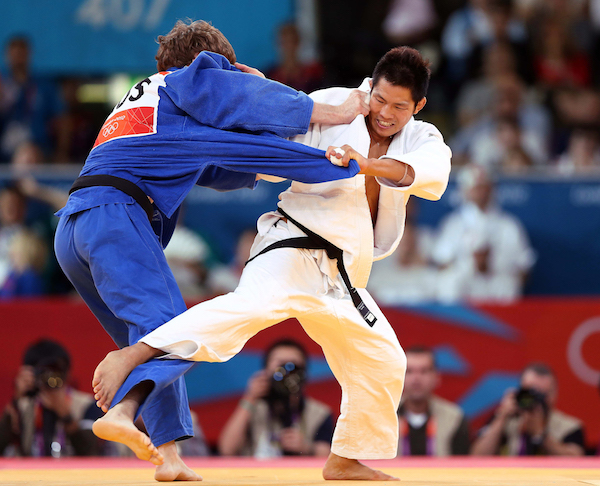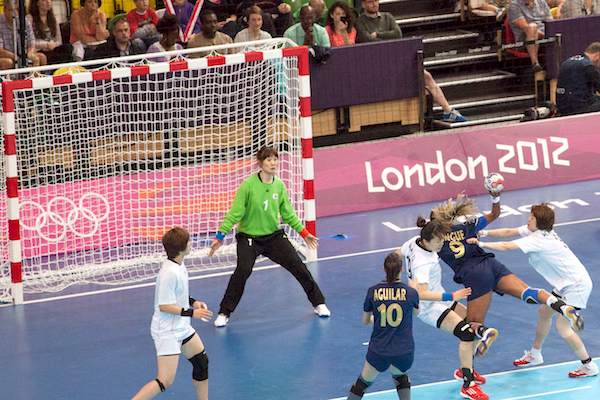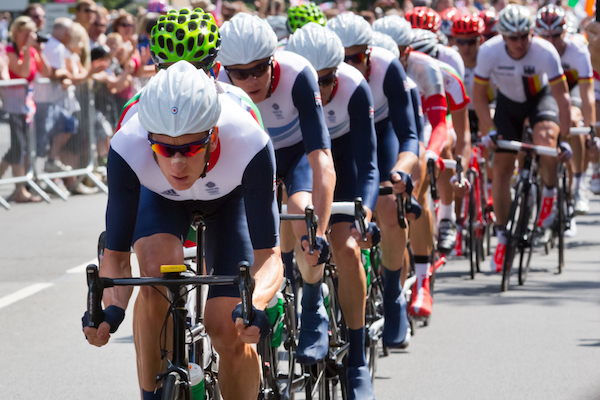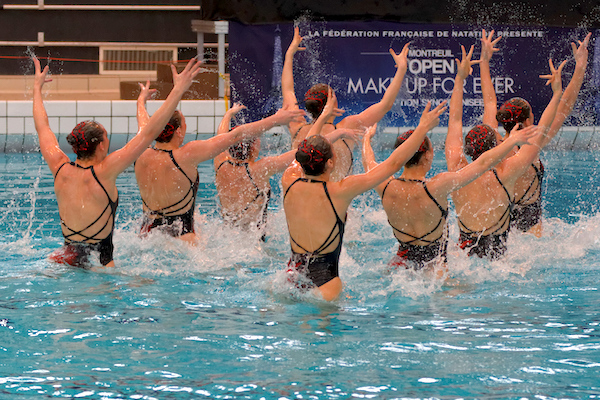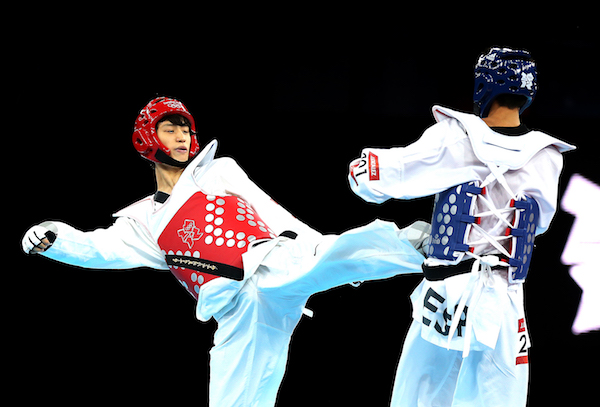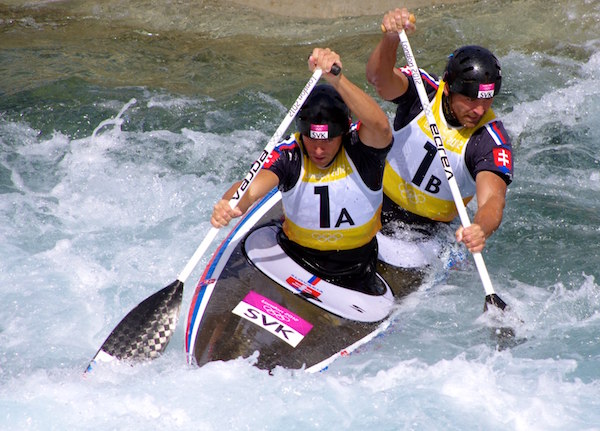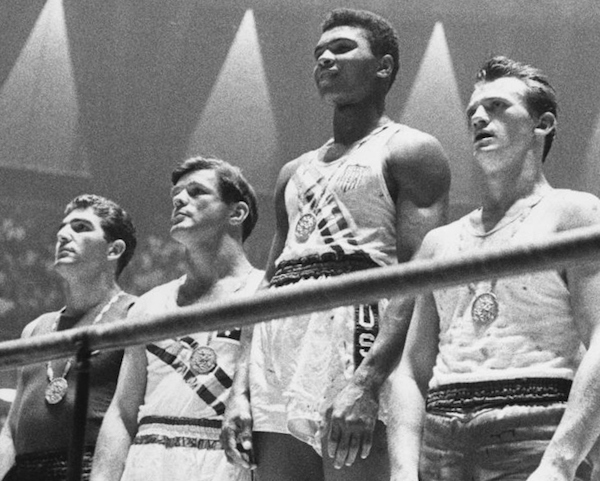All About Judo
Judo is the Olympics’ only sport which stems from an Eastern martial art. Invented in the 1880s, Judo began as a martial art emphasizing principles of “maximum efficiency, minimal effort” and “mutual welfare and benefit”. Judo is acrobatic combat, impressive in its speed and suddenness.
How Does Judo Work?
Although the phrase “Judo chop” somehow entered the vernacular (I blame Austin Powers), there is no striking allowed in competitive Judo. Points are awarded for throwing one’s opponent to the floor. There are three degrees of throw: ippon, throwing an opponent to the ground on their back, and holding them there for 20 seconds, wazari, in which one of the elements of an ippon is missing, — for example, maybe someone landed mostly on their back but also on one elbow or was able to escape after 18 seconds — and yuko, when an opponent is thrown onto their side or immobilized for only ten seconds. Any single ippon ends the fight and wins it for the judoka performing the throw. Otherwise, bouts are either four or five minutes, with an untimed, sudden-death period if the score remains tied after that.
Why do People Like Watching
One rationale for why ALL sports are popular is that they all, in some way, simulate combat and that the urge to watch people fight is built into most people. Boxing and football, among other sports that model themselves on combat of different sorts, have become very guilty pleasures, thanks to what we now know about brain injury. Judo is a perfect antidote. It’s a combat sport without the guilt!
Check out some highlights from the 2012 Olympics:
What are the different events?
Judo, like boxing, has weight classes to provide some level of parity between opponents. Judo is organized into seven weight classes for men and women, starting at 132 lbs and ending at over 220 lbs for men and ranging from under 106 lbs for women and over 172 lbs for women.
How Dangerous is Judo?
Judo is not terribly dangerous. It seems to be one of those activities that’s actually much more dangerous for beginners than experts. Beginners are more likely to hit someone in the face illegally when they’re trying to grab them or break a bone falling to the mat than experts are. At the Olympic level, injuries are unusual.
What’s the State of Gender Equality in Judo?
Judo has the same number of weight classes and therefore medals available for men and women. However, more men will compete for those medals than women. 220 men and only 146 women qualified for the Olympics. Women’s Judo matches are also only four minutes compared to five for men.
Links!
Bookmark the full Olympics schedule from NBC. Judo is from Saturday, August 6 to Friday, August 12.
Read more about judo on the official Rio Olympics site.

